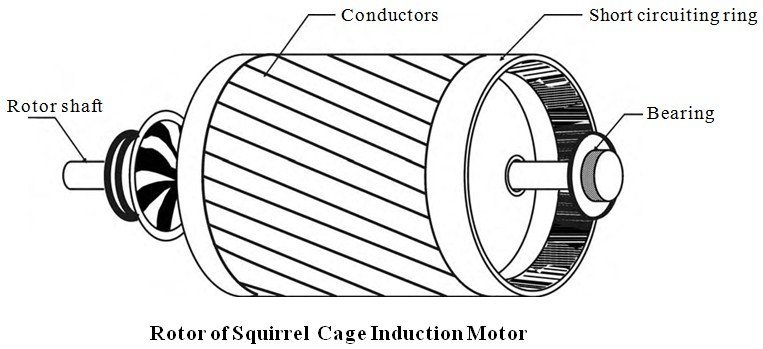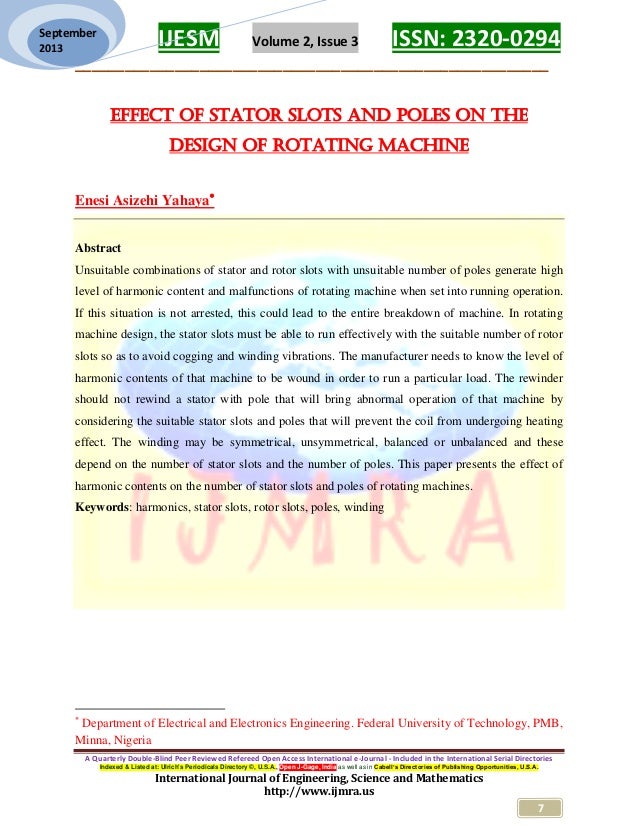Induction Motor Slot Combinations
Space harmonics fluxes are produced by the windings, slotting, magnetic saturation, inequalities in the air gap length. These harmonic fluxes induce voltages and circulate harmonic currents in the rotor windings. The interaction between the harmonic currents generated in the rotor and the harmonic fluxes results in the Harmonic torques, vibrations and the noise.
- Induction Motor Slot Combinations List
- Induction Motor Slot Combinations Car Parts
- Induction Motor Slot Pole Combinations
- In this video I try to explain About 48 slot 3-phase 4-Pole Induction motor winding process and calculations all data with Diagram. I think this Video will h.
- This paper analyses the impact of the number of stator slots to rotor bars, i.e. The slot combination, in a cage rotor induction motor (IM) on its electromagnetic torque ripple during steady-state conditions. The study is focused on a conventional low voltage, eight-pole, three-phase, mains-fed IM design. To adequately evaluate the torque ripple magnitude, a ‘torque ripple factor’ is.
- During grid motor starting from zero rpm, this starting current flow is in the upper part of the bar close to the rotor OD. (due to the skin effect of current penetration). AS the motor increases speed the bar current is distributed down in the lower part of the bar & the frequency seen by the bar decreases (decreasing slip).
- THe strong vibro-acoustic influence of the slot numbers combination used in squirrel-cage induction machines was experimented at the early beginning of the twentieth century. Consequently, some researchers started to look for some general rules to decrease these motor noise and vibra-tions mainly due to Maxwell air-gap magnetic forces, the first.
Induction Motor Slot Combinations List
Slot design of induction motor has a great influence on its performance. The RMxprt module based on magnetic circuit method can be used to analyze the influence of rotor slot type on motor characteristics and optimize slot parameters. In this paper, the authors take an induction motor of electric vehicle for a typical example.
The air gap flux set up by the three phase stator windings carrying sinusoidal currents. The wave shape is non-sinusoidal in nature. According to Fourier series analysis, any non-sinusoidal flux is equivalent to the combination of a number of sinusoidal fluxes of fundamental and higher order harmonics. Since, the flux wave shape has half-wave symmetry, all even harmonics (2,4,6 ……) are absent in Fourier series.
A non-sinusoidal flux can be resolved into fluxes of fundamental and higher order odd harmonics (3, 5, 7, 11, 13, etc). The third harmonic flux wave produced by each of the three phases neutralizes one another. The resultant air gap flux is free from third harmonics and its multiples. This is because the third harmonics in the flux wave of all the three phases are in space phase, but differ in time phase by 120 degrees.
Harmonics Induction Torques
A 3 phase winding carrying a sinusoidal currents produces space harmonics of the order h = 6k ± 1, where k is a positive integer (1, 2, 3…..). The synchronous speed of the hth harmonic is (1/h) times the speed of the fundamental wave. Space harmonic waves rotate in the same direction as the fundamental wave, if h = 6k + 1 and if h = 6k – 1 than it rotates in the opposite direction.
Space harmonic wave of the order h, is equivalent to a machine with the number of poles equal to (h x number of poles of the stator). Therefore, the synchronous speed of the hth space harmonic wave is

Where,
- f = supply frequency
- P = number of poles of the stator
Thus, for the value of k = 1, a 3 phase winding will produce backward rotating fifth harmonic at the speed of (1/5) of the synchronous speed and forward rotating seventh harmonic rotating at a speed of (1/7) of the synchronous speed. These harmonics alone will have an effect on the operation of the motor.
The speed torque characteristics of the fundamental flux and the fifth and seventh space harmonic flux are shown below.
The fifth harmonic torque opposes the fundamental component torque as the fifth harmonic flux rotates in the opposite to the rotation of the rotor. Thus, the fifth harmonic flux produces a braking torque. The seventh harmonic flux rotates in the same direction as that of the fundamental flux. Hence, the resultant torque speed characteristic will be the combination of the fundamental fifth and seventh harmonic characteristic.
The resultant torque speed characteristics have two dips, one near (1/5) of the synchronous speed and the other near (1/7) of the synchronous speed. The dip near (1/5) of the synchronous speed occurs in the negative direction of the motor rotation.
The motor will accelerate to the point L, which is the interaction between the load torque characteristic and the motor torque-speed curve. This motor torque is developed because of the fundamental flux alone. The load torque curve intersects the motor torque speed characteristics at the point A this is because of the presence of the seventh harmonics flux torque.The seventh harmonic flux torque curve has a negative slope at the point A.

The motor torque falls below the load torque. At this stage, the motor will not accelerate up to its normal speed, but will remain running at a speed which is nearly (1/7) of its normal speed, and the operating point is A. This tendency of the motor to run at a stable speed as low as one seventh of the normal speed Ns. In this condition the motor is unable to pick up its normal speed is known as crawling of the motor.
Crawling can be reduced by reducing fifth and seventh harmonics. This can be done by using a chorded or short pitched winding.

Related terms:
Source

Transactions of the American Institute of Electrical Engineers>1931>50>2>757 - 767
Abstract
Identifiers
| journal ISSN : | 0096-3860 |
| DOI | 10.1109/T-AIEE.1931.5055866 |
Authors
User assignment
Assignment remove confirmation

You're going to remove this assignment. Are you sure?
Kron, Gabriel
- Consulting Engineer, United Research Corp., Long Island City, N. Y.
Keywords
Induction motorsRotorsTestingCurrent densityAir gapsStator windingsAnalysis of varianceHarmonic analysisManufacturing processes
Induction motorsRotorsTestingCurrent densityAir gapsStator windingsAnalysis of varianceHarmonic analysisManufacturing processes



